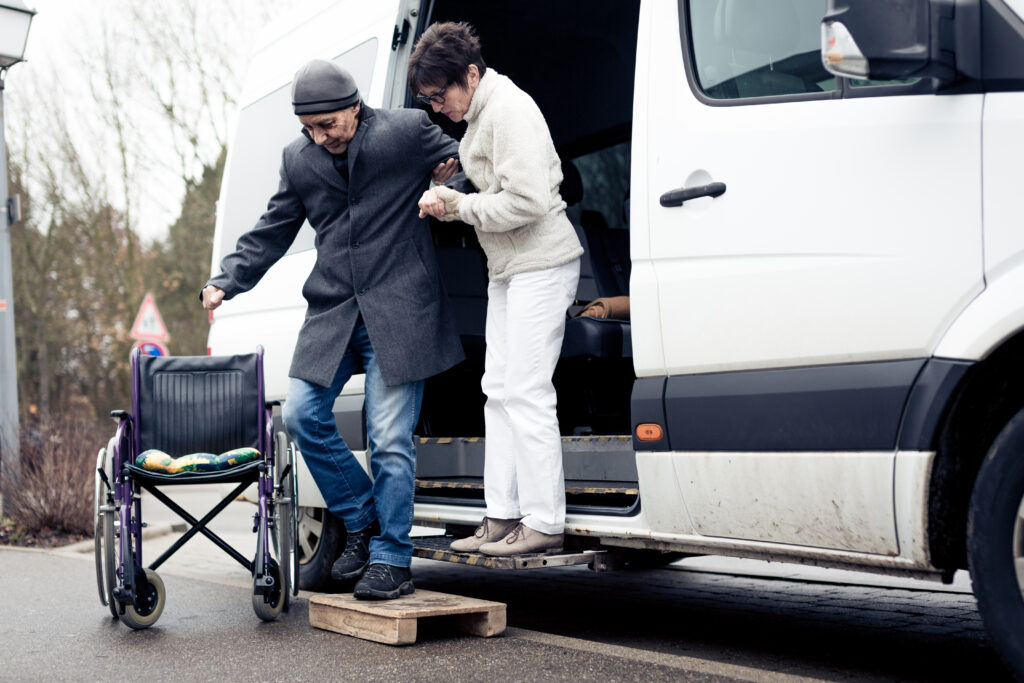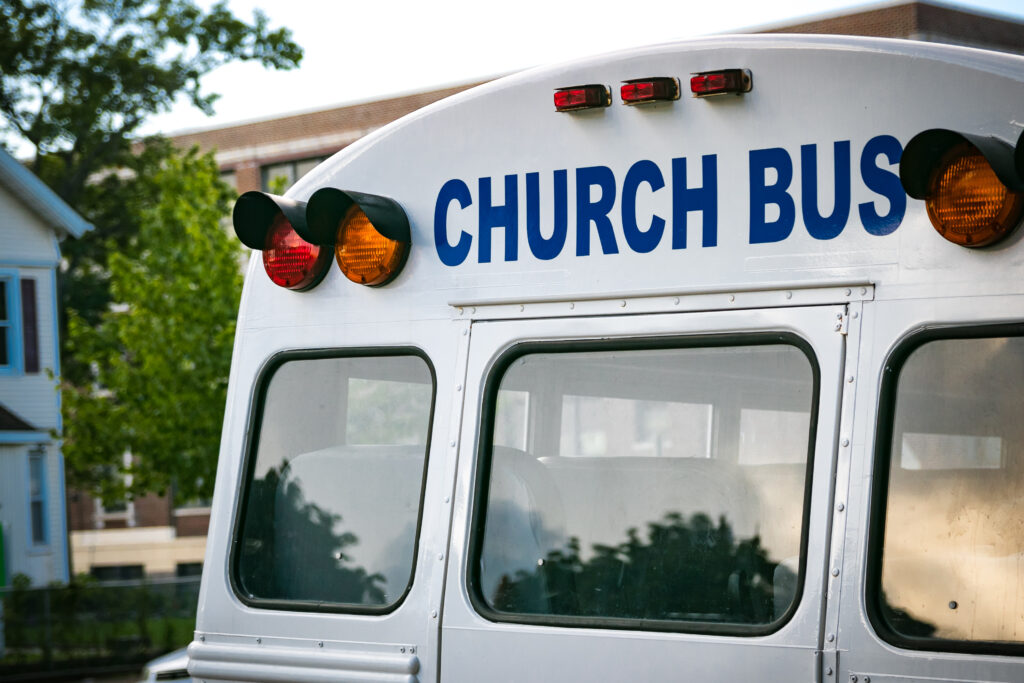Today’s life expectancy significantly exceeds a person’s driving expectancy. This is a real problem for seniors in general, but especially seniors in a rural area. As a whole, the populations in U.S. rural communities are older and sicker than people in urban or suburban areas, but sparsely populated rural regions generally lack any sort of public transportation system and reliable ride-sharing services like Uber or Lyft—and even taxis can be hard to come by.
These issues, combined with a general lack of walkability, lack of nearby health care providers, and the frequent need to travel long distances for medical appointments add to a significant challenge for aging in place in rural communities.
Lack of transportation is a challenge for hospitals as well. No-show patients and missed appointments are expensive for hospitals and health care systems. When transportation challenges prohibit routine care, patients may rely more heavily on expensive ambulance rides and emergency room visits.
To decrease costs and improve patient care, many health care systems and nonprofits have developed innovative strategies to better connect seniors to the health care they need:

State-funded transportation
Like many states, rural southern Missouri has a lack of health care providers, which requires patients to travel far distances to receive medical help. One solution in that state is HealthTran, a project of the Missouri Rural Health Association with funding from the Missouri Department of Transportation and National Center for Mobility Management. Servicing a total of 10 Missouri counties, HealthTran rides are dependent on trip distance and are more affordable than traditional modes of transportation. Patients request HealthTran rides through their health providers to ensure sustainable transportation coordination.
Software solutions
Hitch Health is a software product that integrates any appointment system with ride services like Lyft to help alleviate transportation barriers and reduce no-show rates. When patients make an appointment, they receive an SMS text message offering a ride to the clinic on the date of their appointment. If the patient accepts the ride, he or she receives reminders and is picked up and taken to the appointment at the scheduled time. Patients are not required to have a smartphone or use any ride-sharing apps, but availability of Hitch Health is dependent on whether the patient’s health care system has entered a partnership with the service.

Church programs
Many local rural churches have identified that older parishioners often struggle with transportation to doctor appointments and have arranged a network of volunteers in personal or church-owned vehicles to provide transportation services to medical appointments, grocery stores and other essential trips. Many of these programs are created by the request of the congregation.
Transportation for veterans
The New Mexico Department of Veterans Services launched a Rural Veterans Transportation Program to service medical transportation needs for veterans in rural counties. This program provides free round-trip service for veterans to and from their home and any VA or VA-approved medical appointment, including confirmed appointments for COVID-19 vaccines. Rides are free and must be reserved at least three days in advance by phone.
Telemedicine
Many rural counties continue to struggle with comprehensive transportation options. When community programs, ride-sharing apps and health care-sponsored initiatives fall short, telemedicine can often provide a great alternative to in-person medical visits. Telemedicine offers access to specialists and top-notch providers and is especially effective for mental and behavioral health visits. The pandemic has accelerated the availability of telemedicine, and even if a patient doesn’t have in-home Internet access, they can often go to a nearby telemedicine hub and speak to physicians or specialists.
Improving access for rural communities
Current rural transportation initiatives are often piecemeal, and scope and scale vary greatly by community. However, many nonprofit organizations, community programs, hospitals and health care systems are working to alleviate the issue. Seniors and their advocates should inquire with their physicians and health care systems to determine if these or similar transportation options are available to fit their needs. Programs are often created in response to demand, so advocating for enhanced transportation options could result in improved services for the community as a whole.

